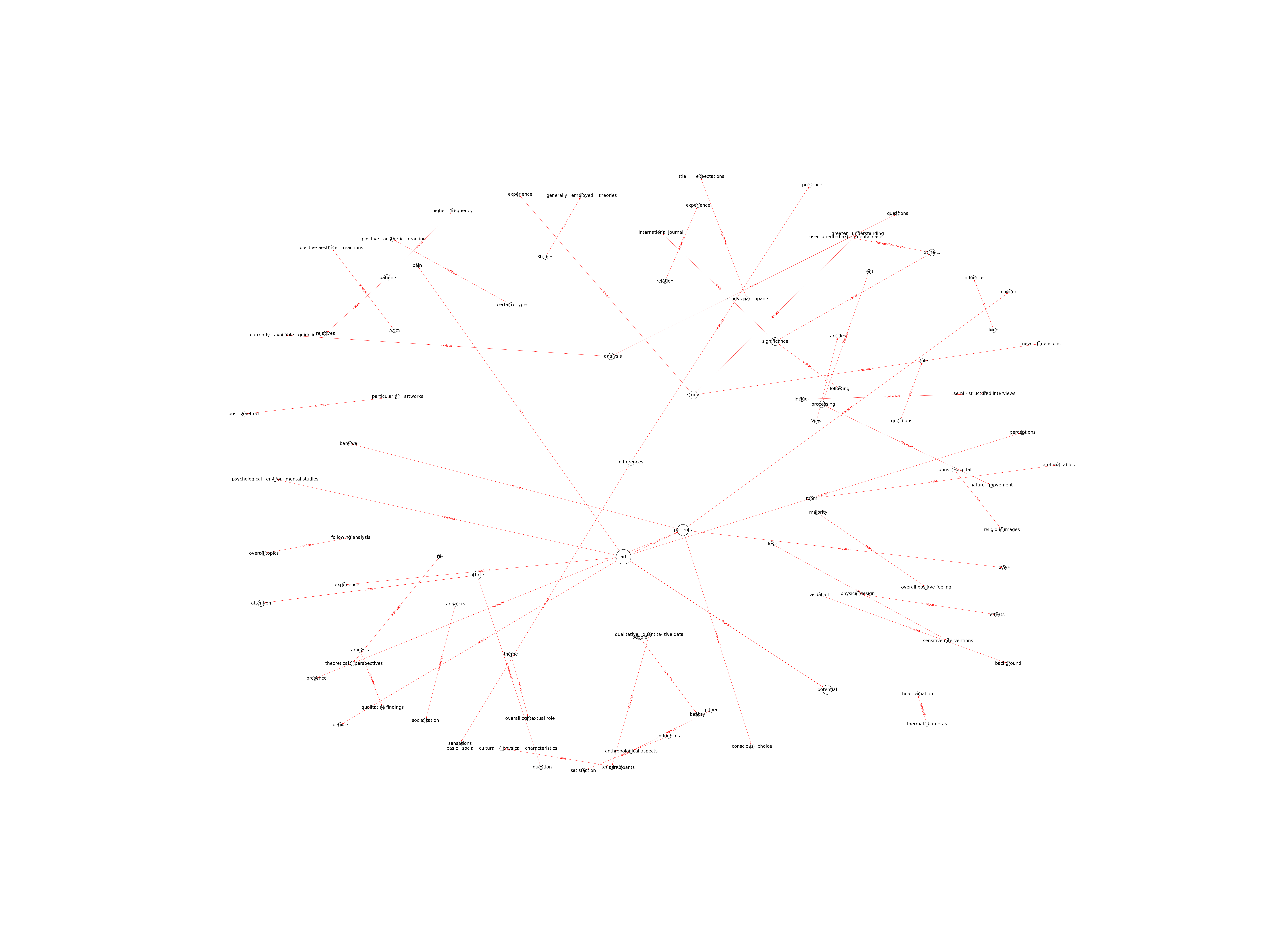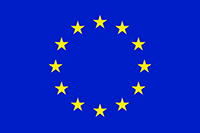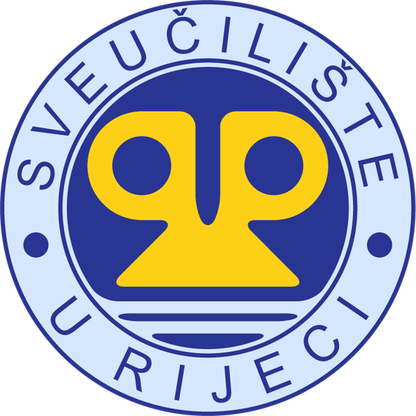| Id | 955 | |
| Author | Nielsen S.L., Fich L.B., Roesslerb K.K., Mullins M.F. | |
| Title | How do patients actually experience and use art in hospitals? The significance of interaction: A user-oriented experimental case study | |
| Reference | Nielsen S.L., Fich L.B., Roesslerb K.K., Mullins M.F.; How do patients actually experience and use art in hospitals? The significance of interaction: A user-oriented experimental case study ;International Journal of Qualitative Studies on Health and Well-being vol:12 issue: 1 page: |
|
| Keywords | Art and interaction; Healing arts; Health care; Mixed methods; Patient satisfaction |
|
| Link to article | https://www.scopus.com/inward/record.uri?eid=2-s2.0-85027698402&doi=10.1080%2f17482631.2016.1267343&partnerID=40&md5=45da7d819f6086fe42d76817c32af2ae |
|
| Abstract | This article aims to understand patient wellbeing and satisfaction and to qualify the current guidelines for the application of art in hospitals. Employing anthropological methods, we focus on the interactional aspects of art in health interventions. A user-oriented study ranked 20 paintings, followed by an experiment using paintings in the dayroom of five medical wards. Fieldwork was done over a two-week period. During the first week, dayrooms were configured without the presence of art and in the second week were configured with the artworks. Semi-structured interviews, observation, participant observation and informal conversation were carried out and were informed by thermal cameras, which monitored the usage, patient occupation and flow in two of the dayrooms. The study shows that art contributes to creating an environment and atmosphere where patients can feel safe, socialize, maintain a connection to the world outside the hospital and support their identity. We conclude that the presence of visual art in hospitals contributes to health outcomes by improving patient satisfaction as an extended form of health care. The article draws attention to further research perspectives and methods associated with the development of art in hospitals. © 2017 The Author(s). |
|
| Metodology | Technique |

Note: Due to lack of computing power, results have been previously created and saved in database


